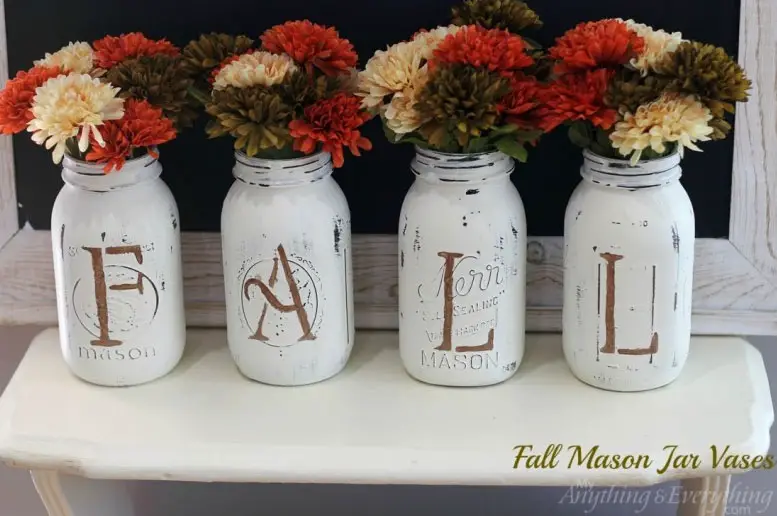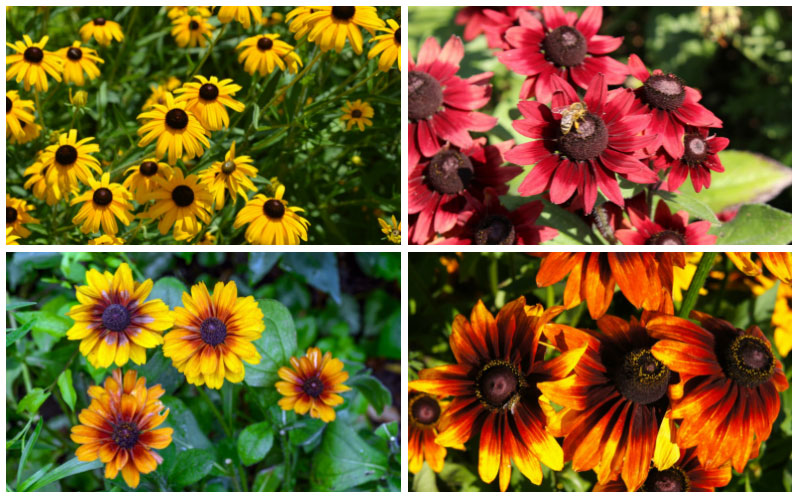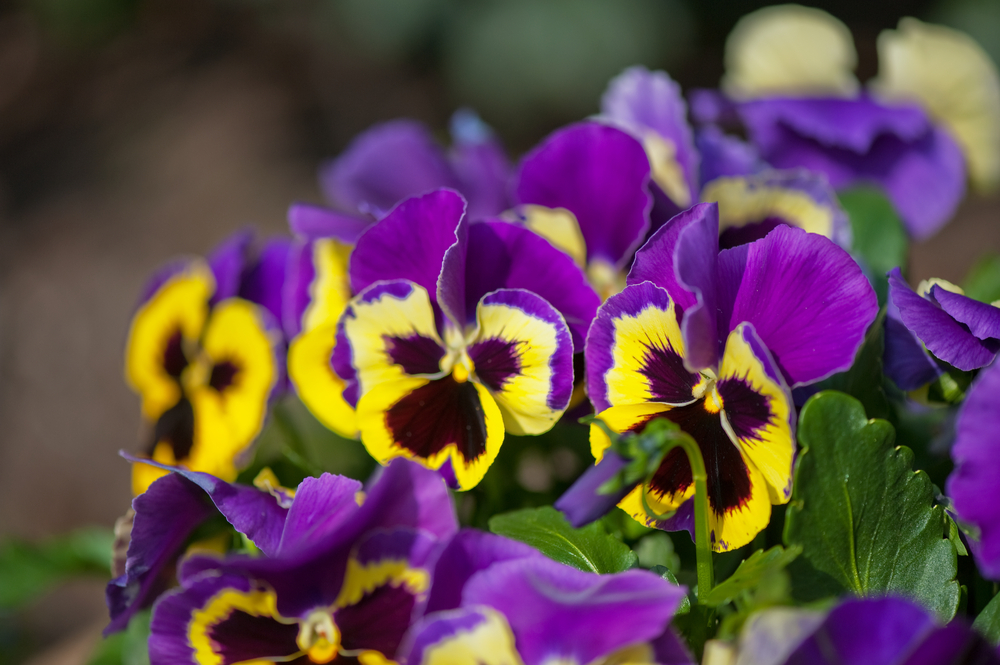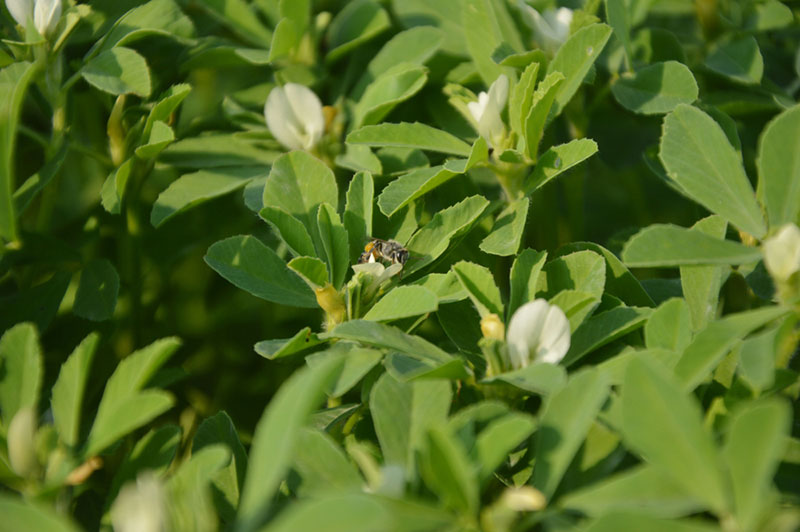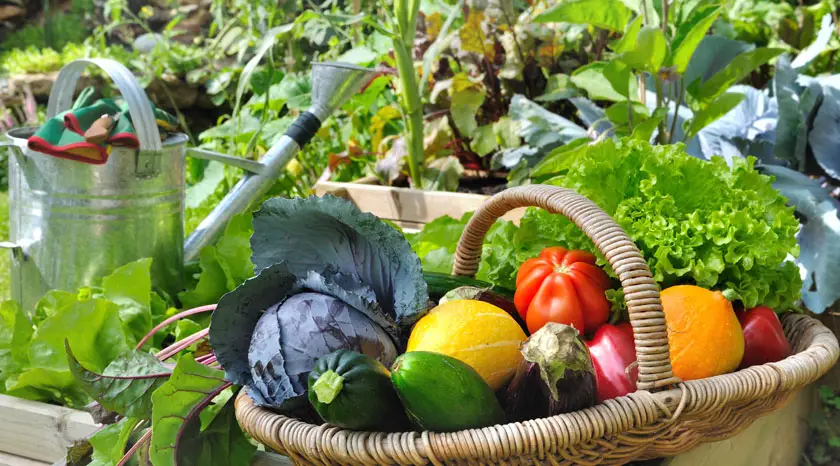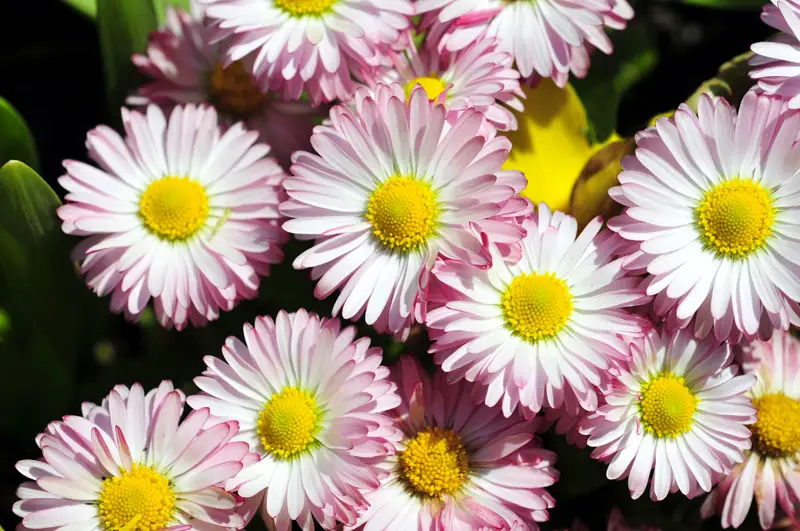
Fine restaurants have increased interest in the creative use of flowers in the kitchen. Many gardeners enjoy flowers for color — or for attracting humming birds, butterflies and honey bees. Add to your gardening pleasure by growing flowers for food use.
The culinary use of flowers has a long history, including in ancient Rome and China. In colonial times, settlers supplemented their diets with flowers. An array of sumptuous recipes that call for flowers date from Victorian England. Cuisines in parts of Asia, Europe, India and the Middle East make use of edible flowers.
Tips for Using Edible Flowers
A few ground rules apply to using flowers in food, even for a garnish you don’t intend for consumption. Always identify the flower; some common plants including foxglove are toxic. When you add flowers to your diet, try each kind in small quantities to check for allergies.
Grow your flowers organically so they’re wholesome for eating. Don’t use untreated manure on the plants. Avoid flowers that grow at roadsides or near other sources of contamination, such as near livestock or areas sprayed with pesticides. Use fresh flowers harvested in the morning and wash them before use. Buds or wilted blooms can have a bad flavor.
Culinary herbs are a good source of tasty flowers. The flowers usually taste similar to the leaves. For garnishes, use flowers whole or as petals. Except in the case of herbs, stems usually don’t taste as good as the flowers and may be bitter. Edible garden flowers of all kinds make attractive additions to bottles of oil or vinegar.
1. Violet
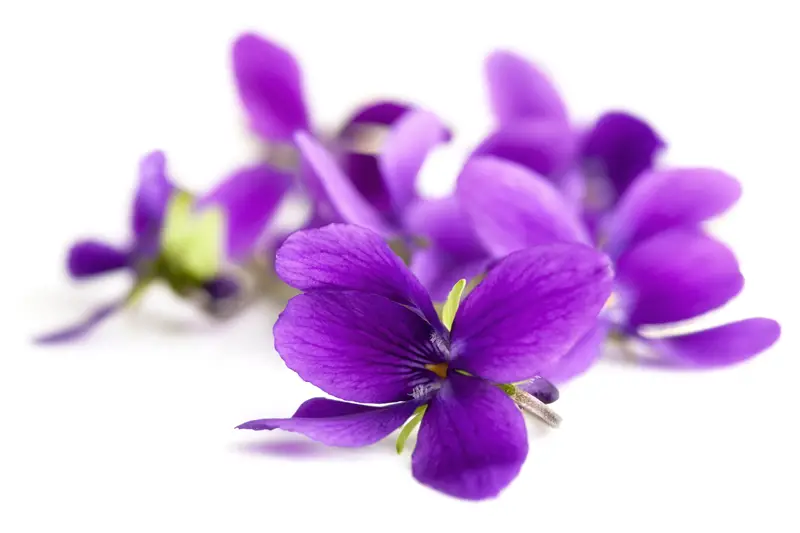
Their sweet scent has made violets a favorite for centuries. They’re popular for posies, candies and perfumes. They’re handy to decorate small items that would be overpowered by larger blossoms.
2. Curcuma
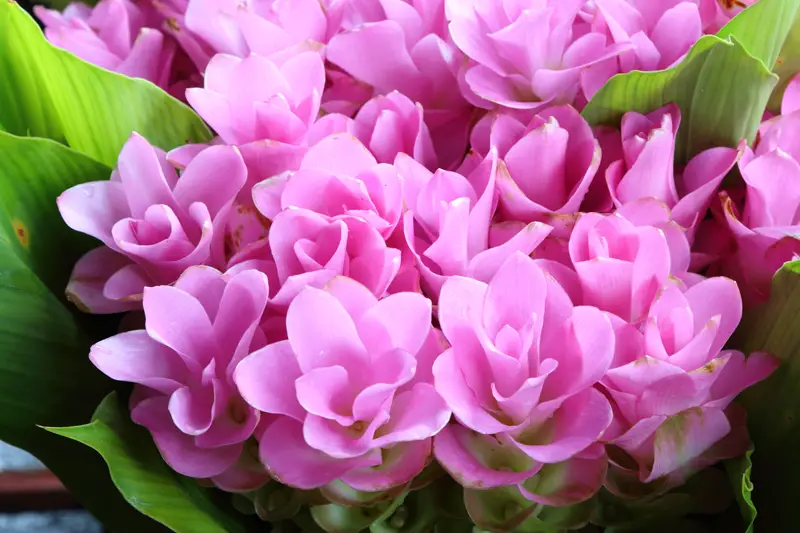
These large blooms on naked stems come in a rainbow of colors, including dramatic bi-colored blooms. Take them apart to mix the sweet petals into salads or cook with them.
3. Thyme
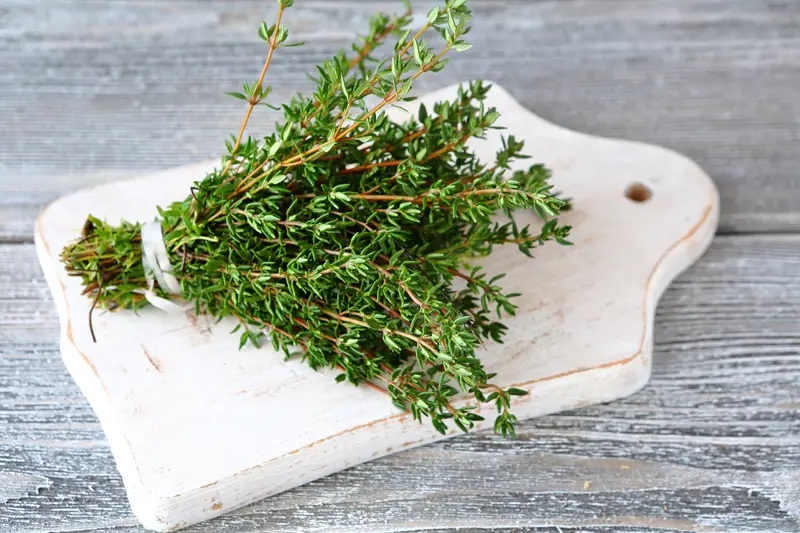
Thyme sports dainty purple, pink or white flowers that are milder than the leaves. Grow it with other herbs near the kitchen in a bed, container garden or window box.
4. Squash
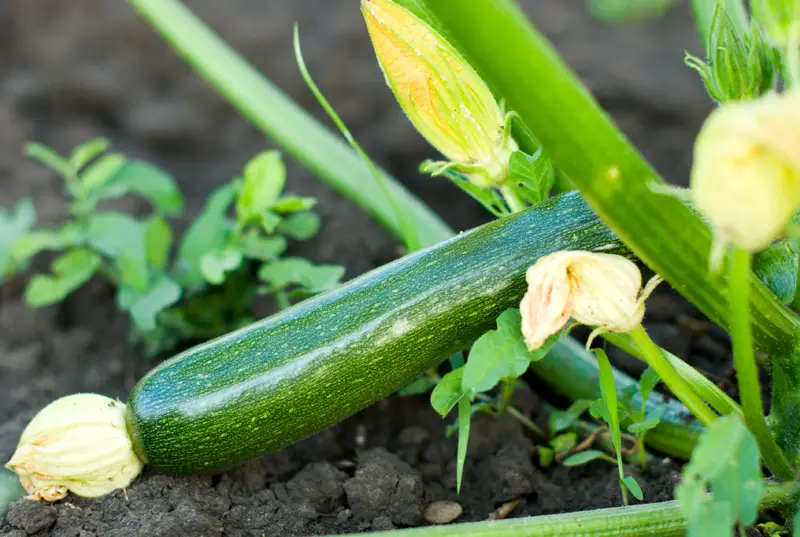
Squash blossoms emerge large and luminous from the vines of summer and winter varieties. With their open throats and vibrant color they complement main dishes or desserts.
5. Sage
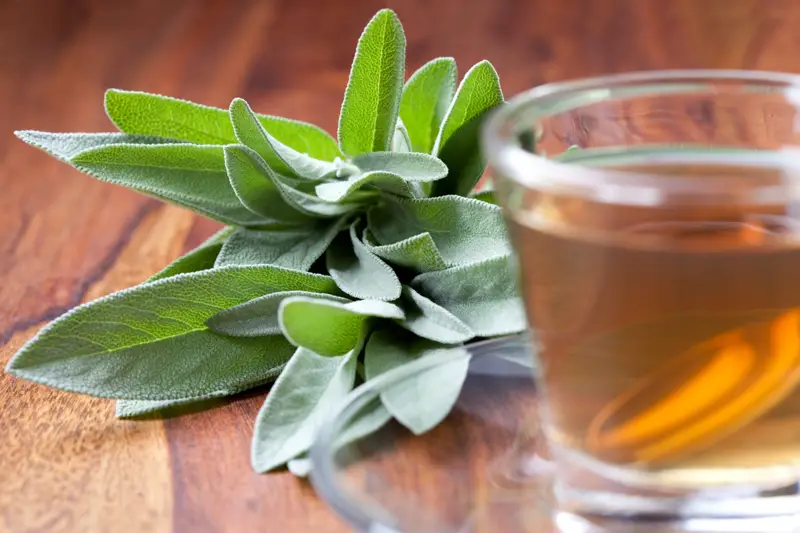
Perhaps best known for its aromatic properties and new age role uses, sages produce small white, purple, blue or pink flowers. Beware: Achillea millefolium, also called red sage, is toxic.
6. Red Clover
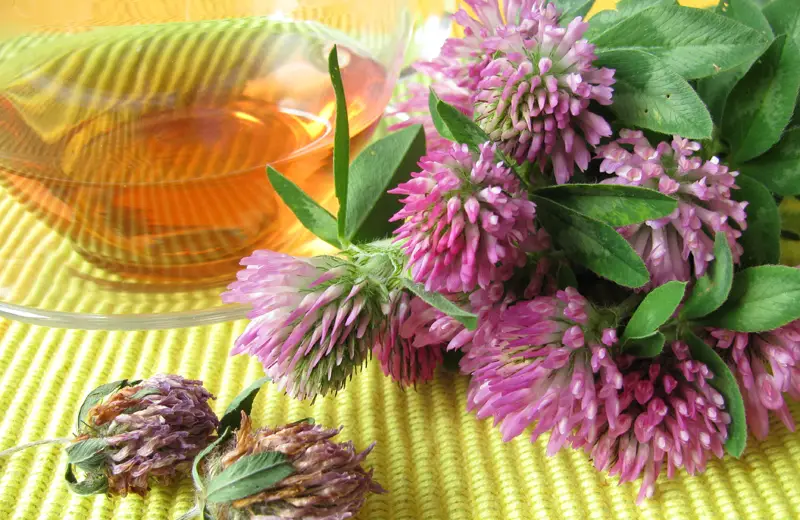
Clover blossoms result in delicious honey. In addition to attracting pollinators, their pretty rounded heads make an appealing garnish. They have a mild hay flavor.
7. Passionflower
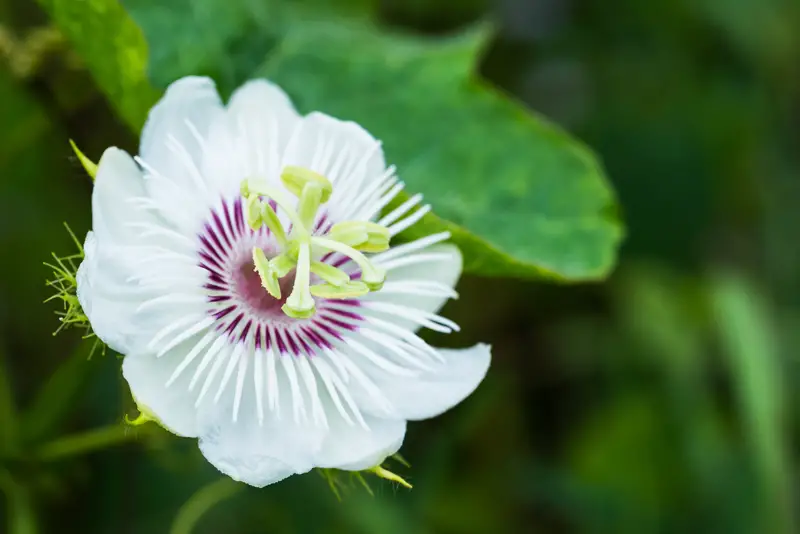
These exotic-looking blooms enhance fences and make great camouflage for anything unattractive in the yard. Add glamor to any plate by using them as a garnish or embellish a chocolate dessert.
8. Okra
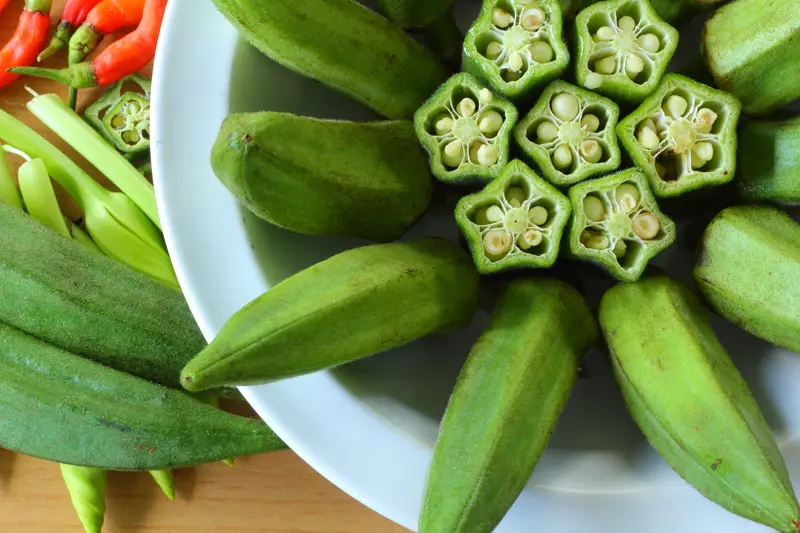
These tapered vegetables aren’t only for gumbo. Grow them for their sweet red or yellow summer blooms. The vegetables can also be cut into attractive shapes for garnishes.
9. English Marigold
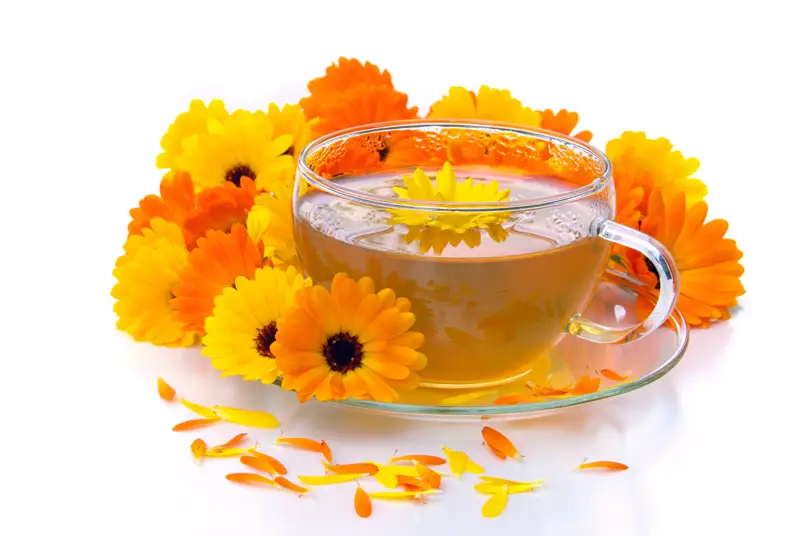
Not all marigolds are edible and eating them in large amounts may be harmful. Use the English Marigold (Calendula officinalis) for its pleasant flavor, and eat it sparingly.
10. Chamomile
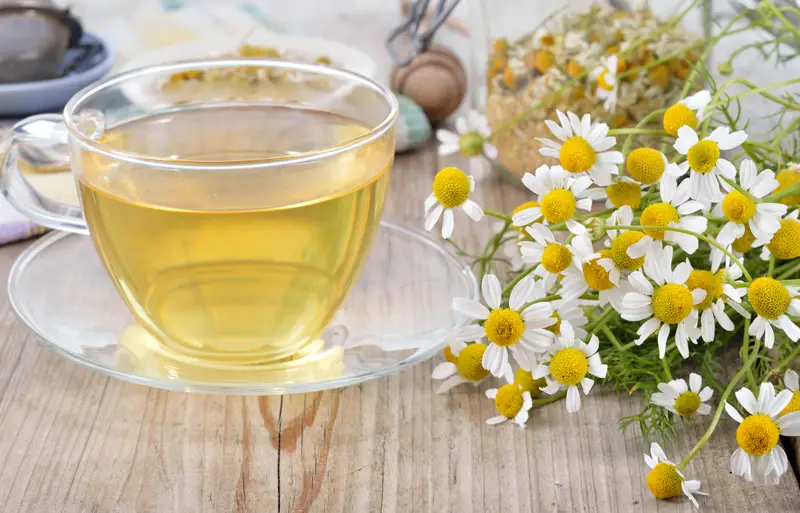
This herb has a long history as a soothing tea with a pleasant scent. The small, daisy-like blossoms sport large centers. Sprinkle them on soups or add a fairy tale touch to desserts.
11. American Elderberry
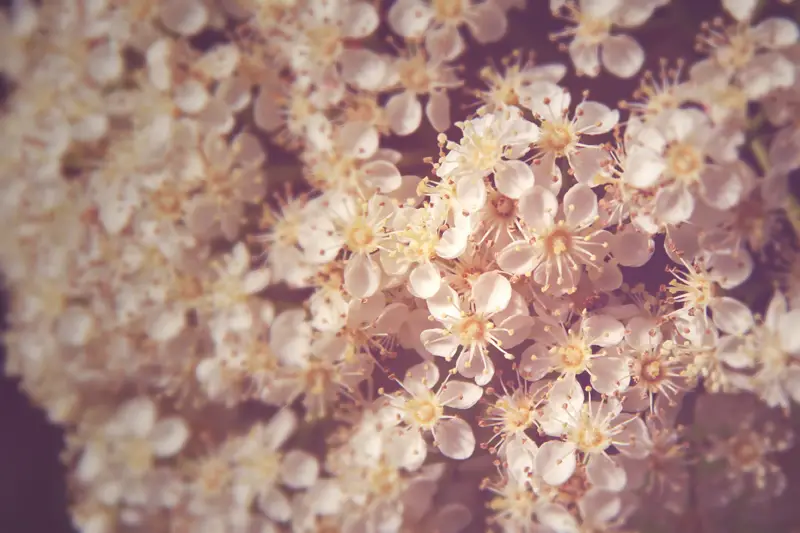
The flowers are as edible as the berries but don’t use any other parts of the plant. The presence of calcium oxalate makes them poisonous to ingest.
12. Lovage
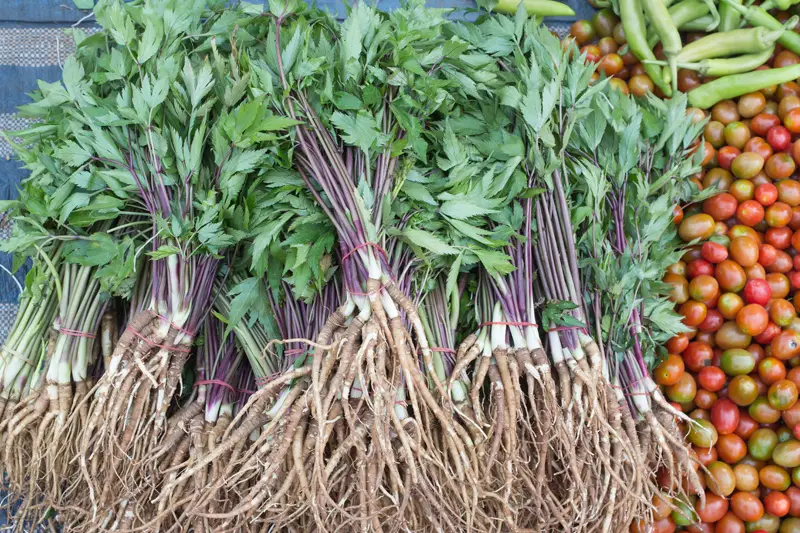
This herb produces yellow or white flowers. The blooms have a hint of celery to their flavor. They suit dips, sauces, soups and other savory dishes.
13. Pineapple Sage
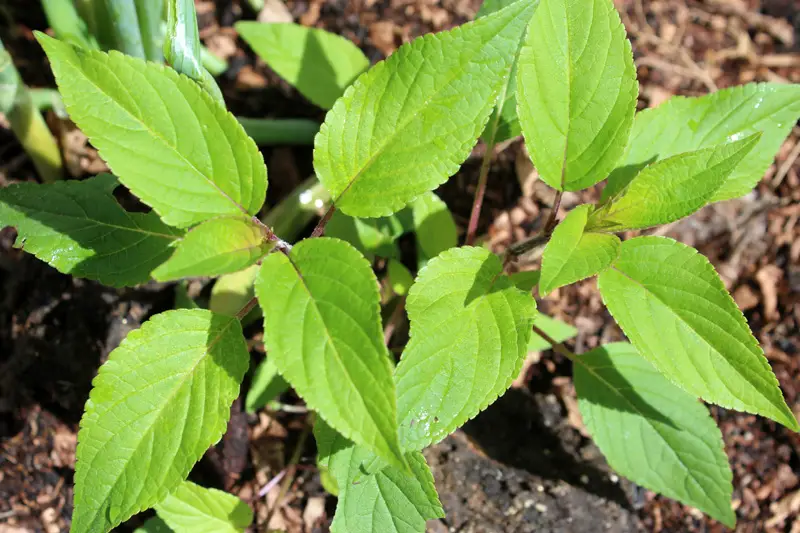
With their flavor and scent reminiscent of pineapple, these red flowers make a good choice to float in tropical drinks, or to garnish ham or desserts.
14. English Daisy

The classic, simple flower serves as a no-fuss bedding plant with blooms from April to September. It’s a pretty choice for decorating colorful birthday cakes or cupcakes.
15. Geranium
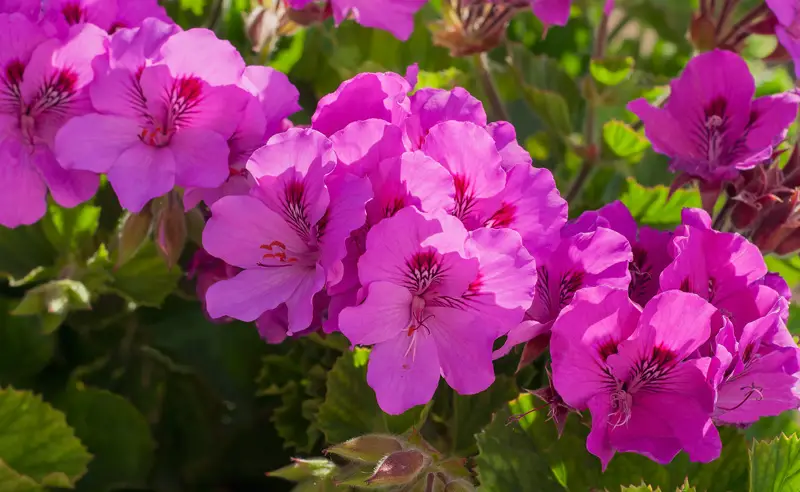
Geraniums come in many colors and range in scent from very strong to mildly spicy. This hardy perennial can last for years and the leaves make attractive garnishes, too.
16. Mint
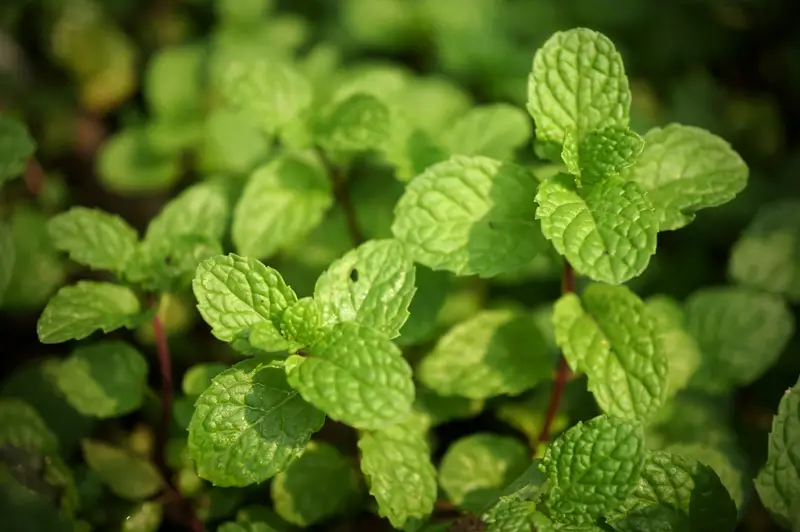
Mint’s refreshing flavor makes it a favorite in cocktails, tea and desserts. The delicate flowers go well in beverages, salads and added to hot or cold dishes.
17. Dandelion
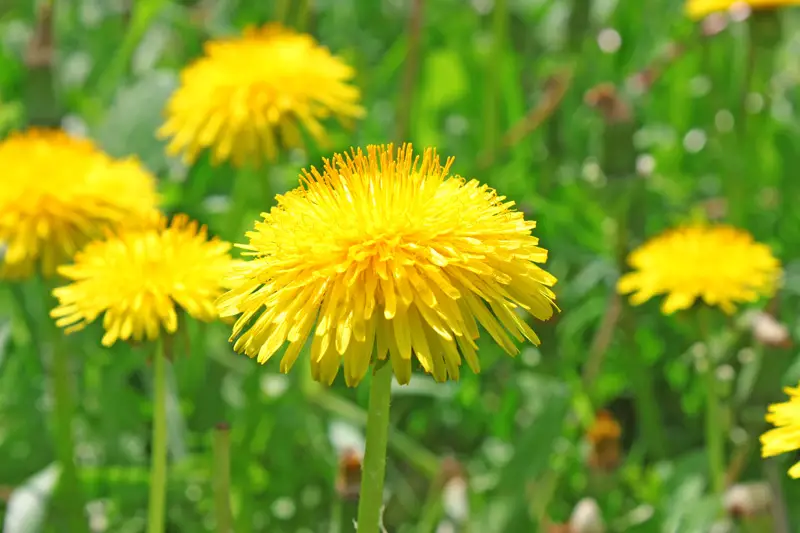
Although often considered a weed, dandelion is an herb with a long history of use in folk medicine. In some areas it’s popular to use as raw or cooked greens. The bright yellow flowers can be taken apart or used whole for decoration.
18. Dill
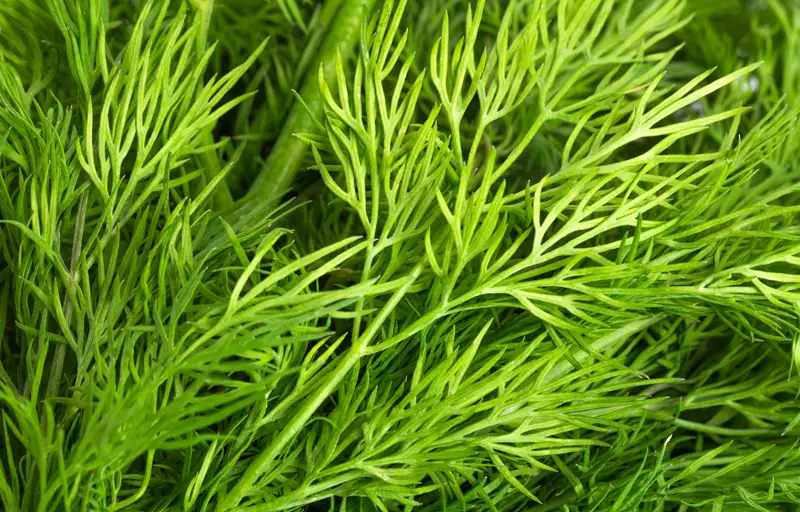
Dill’s lacy flowers offer a pretty complement and astringent flavor to salads, stew or . If you pickle any of your garden produce, them to jars of pickled vegetables for their decorative flair.
19. Dianthus
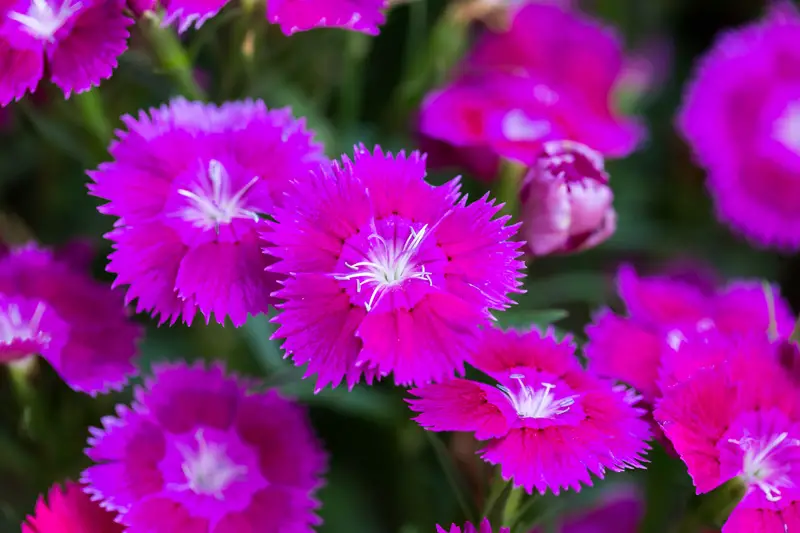
The serrated edges of these flowers give them a resemblance to carnations. Also called pinks, their flavor is spicy and similar to cloves.
20. Hollyhock
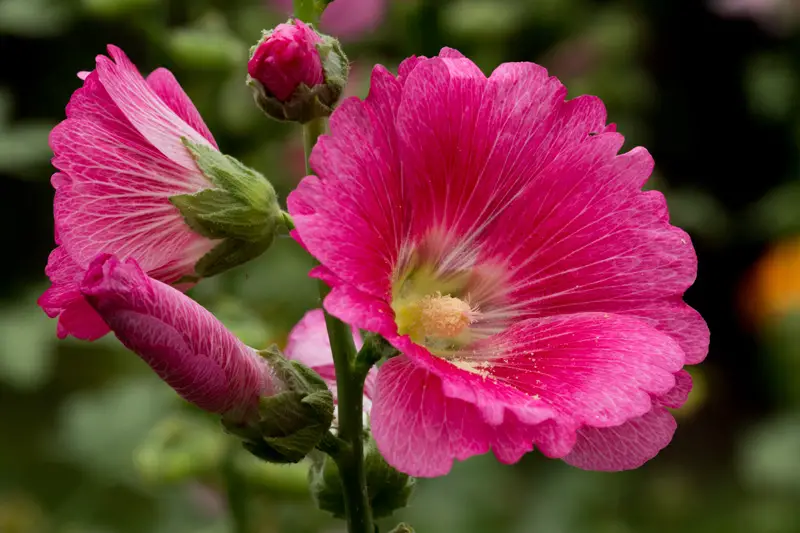
Although edible, Hollyhock blossoms are slightly bitter. Their rounded petals or full flowers make an attractive garnish. Alternate colors around the dish to add interest.
21. Fennel
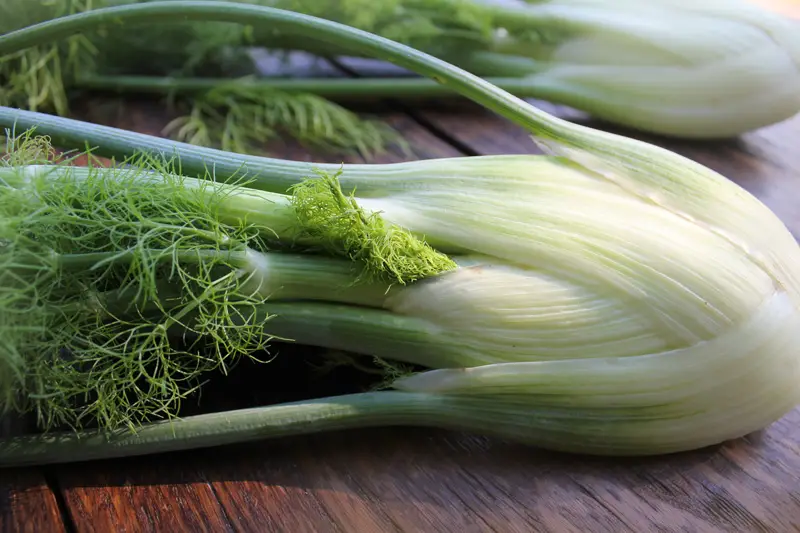
Also called lady’s tobacco, fennel has lacy leaves and blooms with multiple tiny heads. The plant has a distinctive licorice flavor that makes it an appealing complement to robust fare, such as stews and marinara.
22. Cornflower
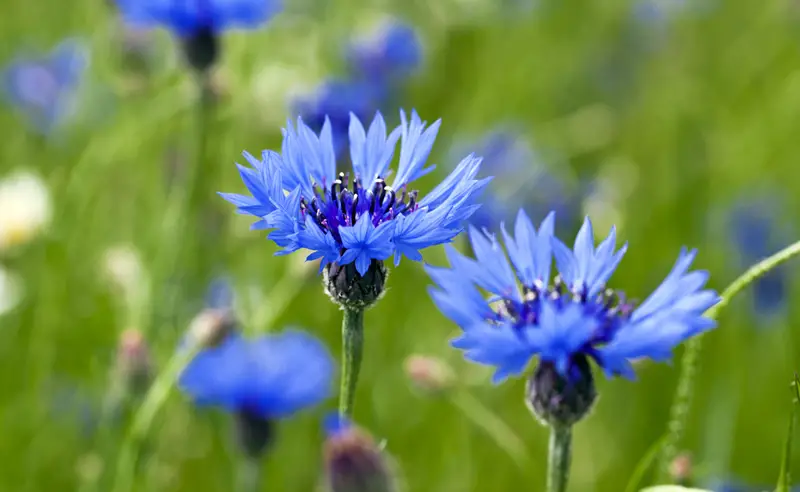
One of the few truly blue flowers, these dainty blossoms set off confections and desserts in nearly any color.
23. Chrysanthemum
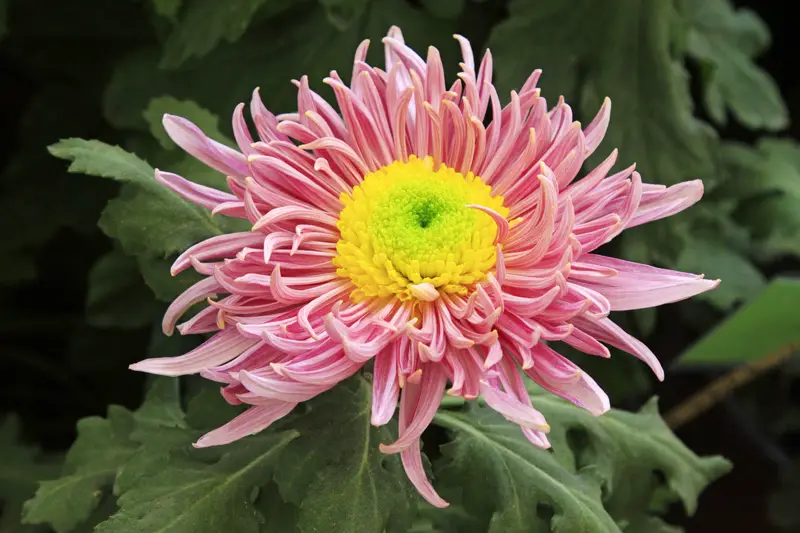
These many-petaled blooms add masses of color to the garden in spring and summer. Their vibrant colors and mild flavor suit salads, main dishes, and desserts.
24. Lilac
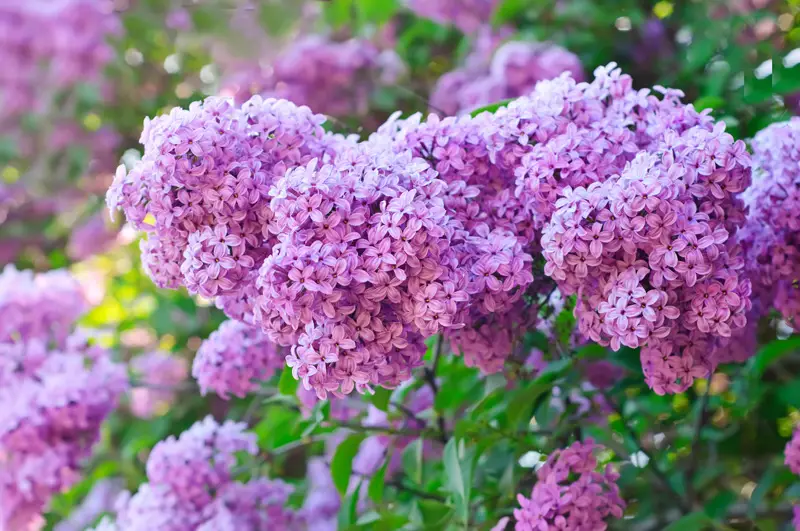
With their sweet fragrance and blooms that sport multiple tiny blossoms, the decorative potential of these spring-blooming edible flowers is limited only by your imagination.
25. Lavender
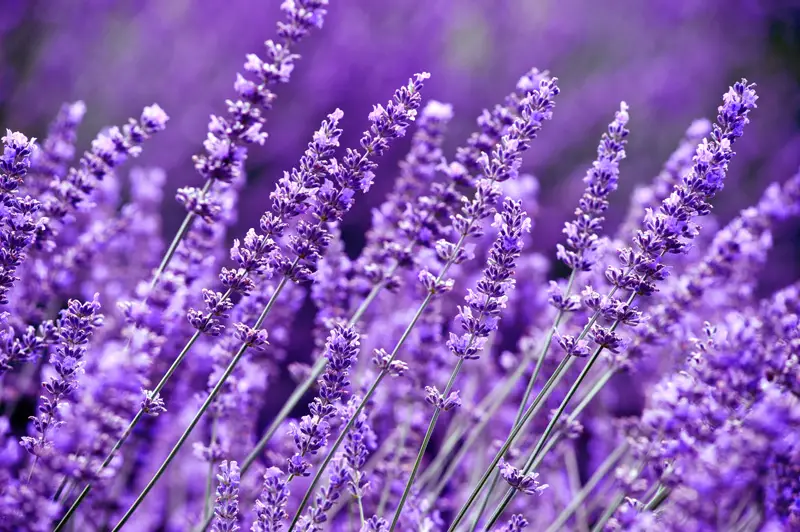
A favorite for sachets and perfumes, you can eat these blooms, too. They come in white, purple and pink as well as lavender.

